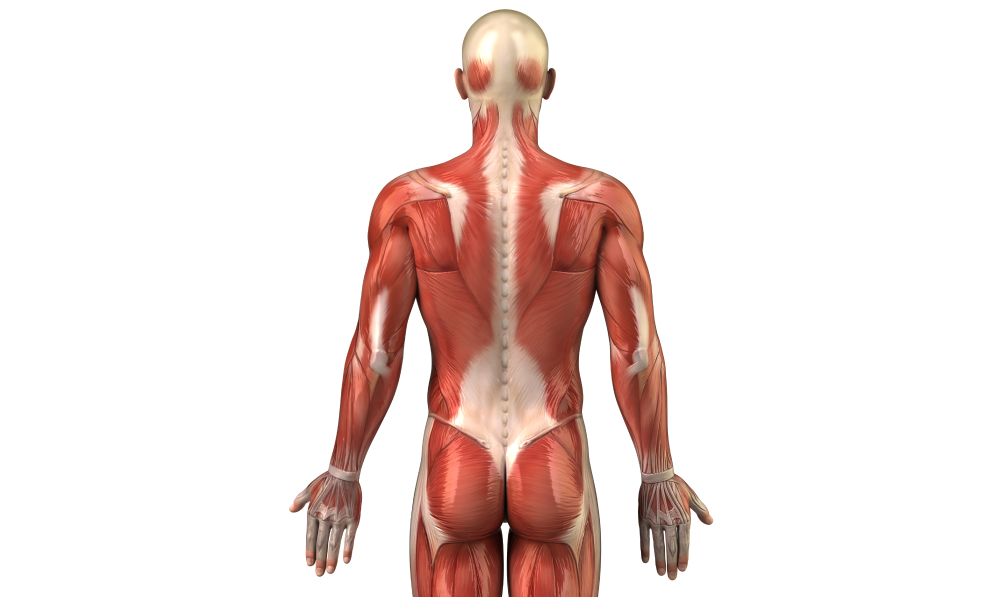Fix Your Posture!

Table of Contents
Do you suffer from tech neck, hunched shoulders, or a sway back? Believe it or not, perfect posture is a myth. Most people self-report having bad posture, but they are usually comparing themselves to an idealized image of the human body.
In the real world, we are all built differently—unique spinal curves, various limb lengths, and vastly different body shapes—and that’s great! Bad posture should not be defined via comparison, but instead by questioning whether your posture is causing you pain and movement problems.
After sitting at your desk for an hour, do you feel pain in your neck or shoulders? If so, improving your posture might help. Does your back ache after standing in line at the grocery store? Again, your posture might need some work. While there are countless popular tips for improving the way you move, the biggest changes are usually the result of increased muscle strength, specifically the muscles of your posterior chain.
The muscles on the backside of your body act like scaffolding for your spine, and these muscles are best strengthened via pull motion exercises, something we rarely do in our modern lives. The good news is that you don’t need a gym membership to build functional strength, you can do it at home in just 15 minutes with a simple set of exercises bands. Along with posterior chain strength three times a week, a daily walk of at least 30 minutes is essential to integrate to maintain spinal integrity.
Postural Anatomy
Image caption: Posterior chain muscles in the upper body
Your posterior chain muscles play a crucial role in maintaining good posture. The posterior chain refers to the muscles located on the back side of the body, running from the base of your skull down to your heels. These include your posterior neck muscles, rhomboids, trapezius, erector spinae muscles, gluteal muscles, and hamstrings.
When your posterior chain muscles are strong, balanced, and properly activated, they provide stability, alignment, and support to your spine, pelvis, and upper body. This helps maintain an upright posture, distributes force evenly throughout your body, and reduces the risk of postural imbalances and related discomfort or pain.
Corrective Exercises
Practice five rounds of this sequence of three exercises, three times per week, for maximum benefits.
Hinges
- Place an exercise band around the arches of your feet, step them wider than hip-width apart
- Reach down with both hands, hinge at your hips, keep your spine long and strong
- Grip down low near your feet
- Stand up and push your hips forward
- Inhale on the way down and then exhale on the way back up
- Practice 7-14 reps
Pull Downs
- Close your exercise band overhead at the top of a door
- Stand with your feet a little wider than hip-width apart
- Slightly bend your knees, reach up close to the door, and wrap your hands around the band
- Inhale as you pull your elbows down
- Exhale as your reach your hands back up to the top of the door
- Aim for 7-14 reps
Seated Rows
- Sit on the floor, heels down, knees bent at a little more than a 90-degree angle
- Keep your spine upright, and double wrap your hands around the band
- Sit up tall, inhale
- Exhale and row with your elbows in and back
- Aim for 7-14 reps
Safety Disclaimer
This guide is for educational purposes only. If you have a major postural imbalance that is causing you pain, please err on the side of caution and check with a health care provider before practicing self-care exercises.
Want to Learn More?
- Science of Stretching 5-Day Program (on demand)
- YOGABODY YouTube Channel (free to subscribe)
- The Lucas Rockwood Show (podcast)





